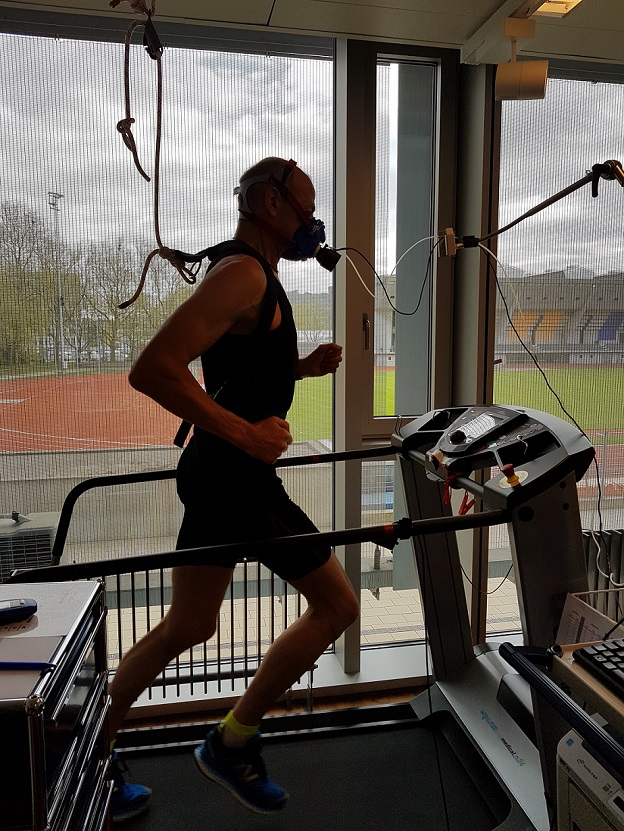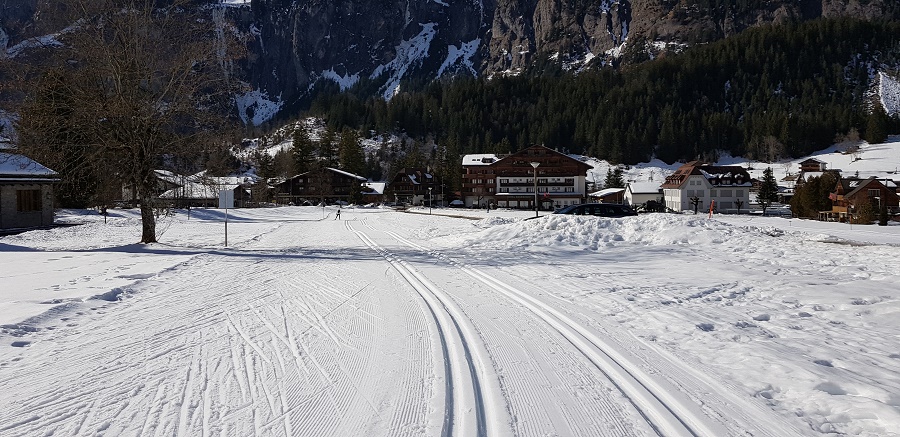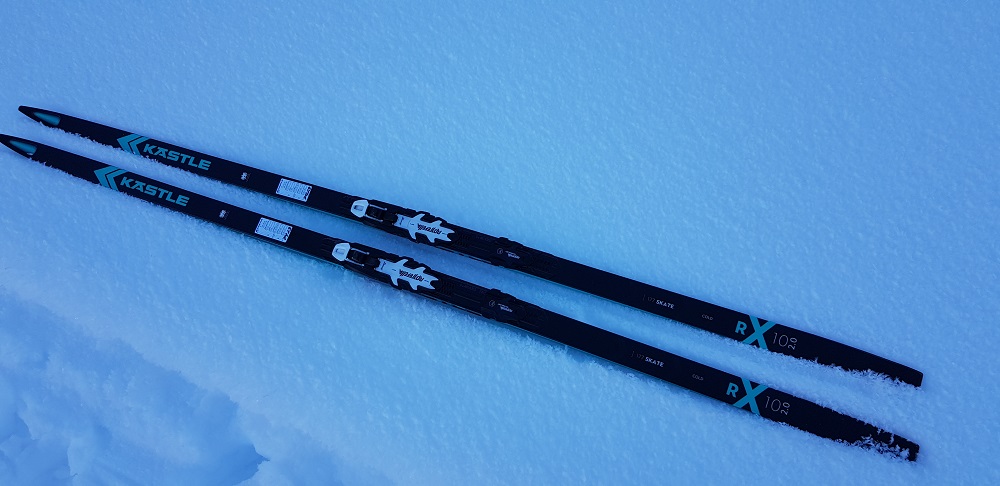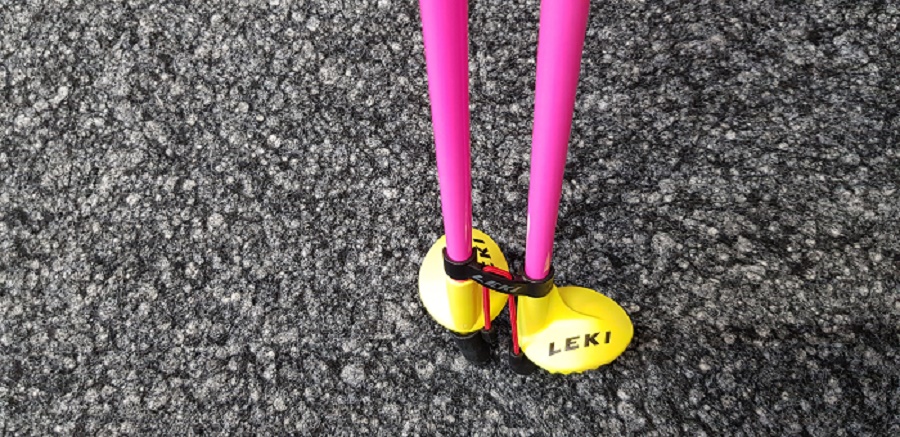Is The Polarized Training Method Right For You?
Ever heard of the polarized training method? If you have been training for a while, you may have heard about it.
The polarized training method is quite simple. You go either very easy and relaxed or very hard. Most recreational endurance athletes, go just the opposite. And for those without any ambition for competition, it's alright.
So depending on your ambition and goals, you need to ask the question how do I train the right way? Or how do I train time efficient to reach my goals.
Do you plan to take part in a ski marathon like the “Birkie” or “The Vasaloppet”, the world’s biggest cross country ski race? Or is it rather the annual “Masters World Cup” that excites you?
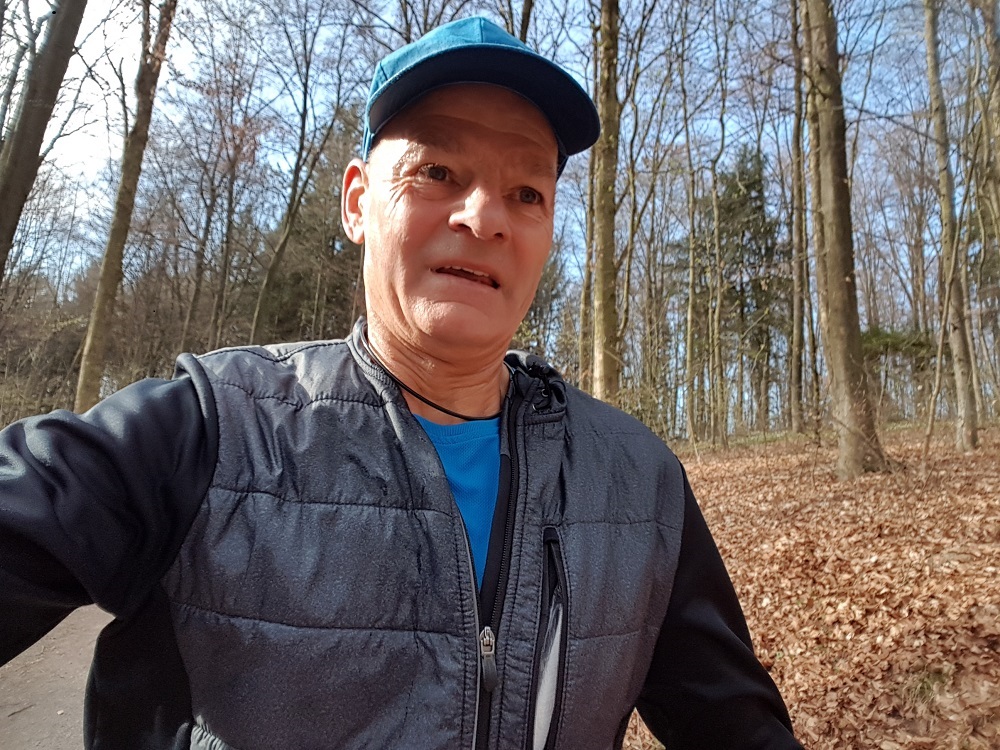 Doing hard intervals in the fall
Doing hard intervals in the fallHow often and how long should you train daily, weekly or monthly right across the whole year? Once you know that, it’s time to prepare for your sporting goals.
There are a few things to figure out before you can begin your ski racing adventures. This page should provide you with knowledge on how professional endurance athletes’ train. And above all, which training models you could apply for having the greatest success.
There are many studies done about the effects of different training methods. Unfortunately, most of them were performed on amateur athletes.
Elite athletes often shy away from scientific experiments. This is because they don’t like to deviate from their long-term training plans.
That's why there is a lack of information on real experiments. So to cope with the best method of training, retrospective studies are often done.
I use the 5-zone
intensity scale used by the Norwegian Olympic Federation.
But, for this experiment we use the three-zone model to show the graphics easier.
- Zone 1 – training intensity around 60 - 80% of max heart rate
- Zone 2 – training intensity around 80-90%
- Zone 3 – training intensity above 90% of max heart rate
The illustration
below is from sports scientist Dr Thomas Leonhard Stöggl, PHD. He isn't only a
scientist but also a former elite cross country skier from Austria. According to
him, this are the TID (training intensity distribution) pattern used most:

As you can see in the above illustration, these are the different training methods or TID.
A) The main proportion of the training is low intensity (Zone 1) and most of it in longer duration. So, this is the high-volume low-intensity training method.
B) High-intensity training focuses mostly in Zone 3, and you spend very little time in Zone 1 and 2.
C) Pyramidal, which looks like a pyramid has the largest proportion of training in Zone 1. Then follows by a decreasing proportion in Zone 2 and 3.
D) Inverse pyramidal training is the opposite. The largest proportion of training in Zone 3, followed by Zone 2 and 1.
E) Threshold training has the main focus in Zone 2.
F) Polarized training has the main focus in Zone 1 and 3. There is almost no training in Zone 2.
G) Inverse polarized training has a larger amount of training in Zone 3 instead in Zone 1
H) If you are training in all three zones in equal proportion, you can call it even.
Elite cross-country skiers use only 3 training methods. But this depends on which preparation phase they are in.
As a Master skier, you can use the same proven methods.
In the preparation phase from May and until the end of August, you build a base with high volume training.
This is a high-volume low intensity training model. Of course, it depends on your goals and your available time to get ready.
In preparation phase two from September until November, you increase the intensity.
Now, you are in a pyramidal training model. That means a decrease in zone 1 but an increase in zone 2 and 3. This again means long distances at a faster pace and long intervals.
The competition phase for cross country skiers is from December to March. Low intensity training in zone 1 is even more decreased, but high intensity in zone 3 is increased. You are now applying the polarized training model. See figure 2 below…

Which training methods show the most improvements?
From experiments of different sports scientists, all training
methods led to performance improvements.
But, in most studies, athletes using the polarized training method progressed the most. And this is the case with recreational athletes as well as with elite athletes.
Should you use the polarized training method all year around?
So why does the polarized training method work so well and can you use it all year around?
Well there are quite a few theories about this training method such as:
- Low intensities are more helpful for your muscles. But high intensities improve your heart and nervous system.
- The steady switch between the zones 1 and 3 keeps you less bored.
- When you use a polarized TID, you can train longer. You can also spend more time in zone 3 with nearly the same total energy needed. But you use less carbohydrates when compared with say “threshold training”. Threshold training has you training often in zone 2.
How much HIT do you need without over-training?
It is undisputed that HIT can improve your performance faster with less training. And for some, me included, it is also more enjoyable than HVLIT training. I never liked those very long and slow training sessions.
Two HIT sessions a week is the norm without stressing the body too much. However, if you do too many HIT sessions over a longer period, you could risk over-training.
How much low intensity training should you do?
So, you should spend between 70-94% of your time with low intensity training in zone 1.
Isn’t that strange?
You see, even with endless studies, science still can’t explain us why elite athletes spend so much in zone 1.
After all, you can get the same and even greater performance with HIT. The improvements with HIIT are in a much shorter time frame. But, the sports scientists still don’t know why all this low intensity training works.
It’s possible that on a molecular level, both zone 1 and zone 3 training will lead you to same positive changes. But they use a different molecular pathway.
Generally, don’t make things too complicated. Start with lots of slow distance training using the high-volume low intensity. That way you build a good base before you pick up the intensity.
Then in September, you increase the intensity in all your trainings. That means more training in zone 2. Either through long continuous or long interval workouts.
And once the snow has arrived, you change to a polarized training model with lots of training in zone 3 while only slightly decreasing zone 1 training.
My focus is getting you results fast with that approach. And you are less prone to injuries than with the “threshold training model”.
If you like my help or are still confused about how to get in shape for next ski season, hop on a private video chat with me. I listen to you and advise you according to your sporting goals.
